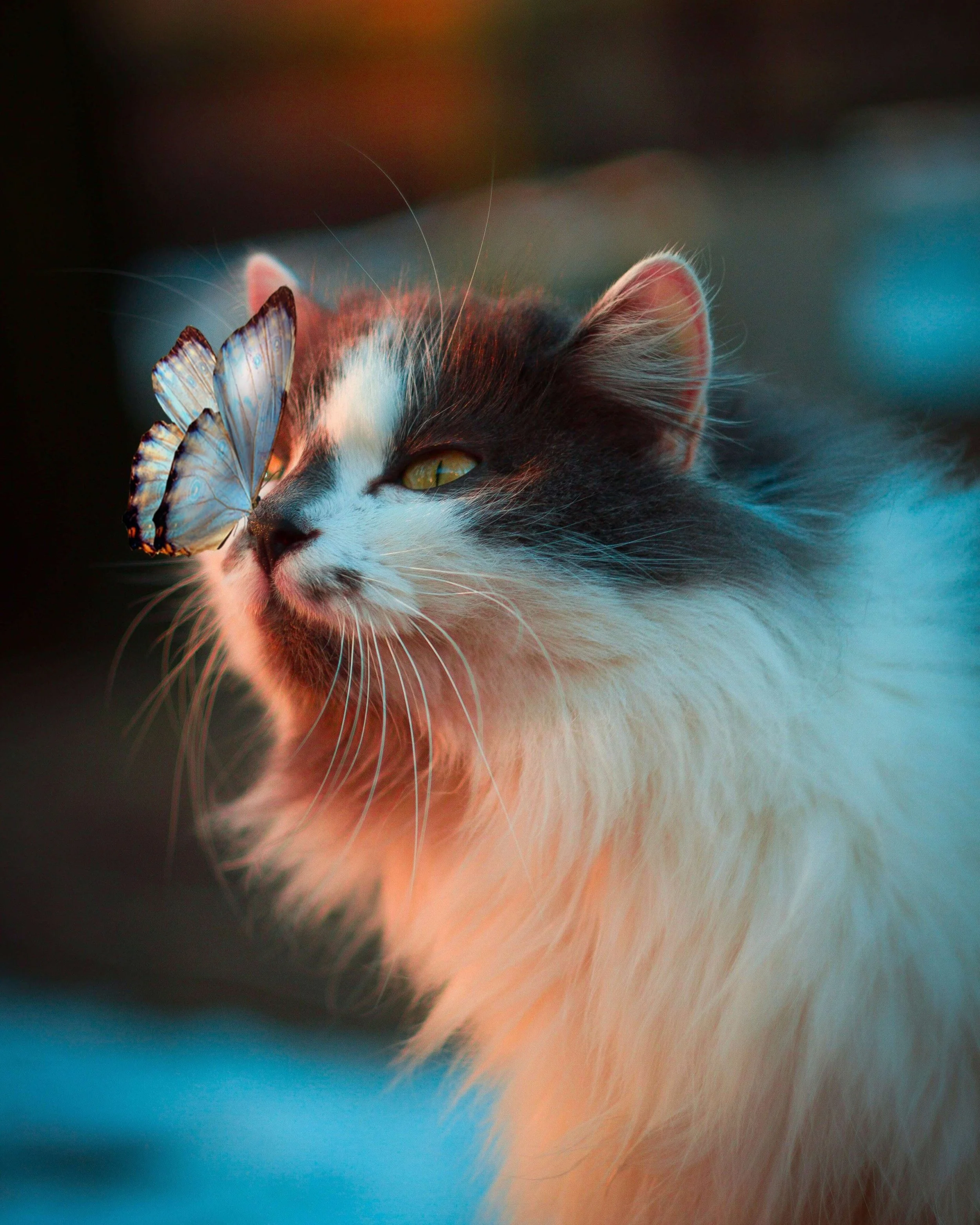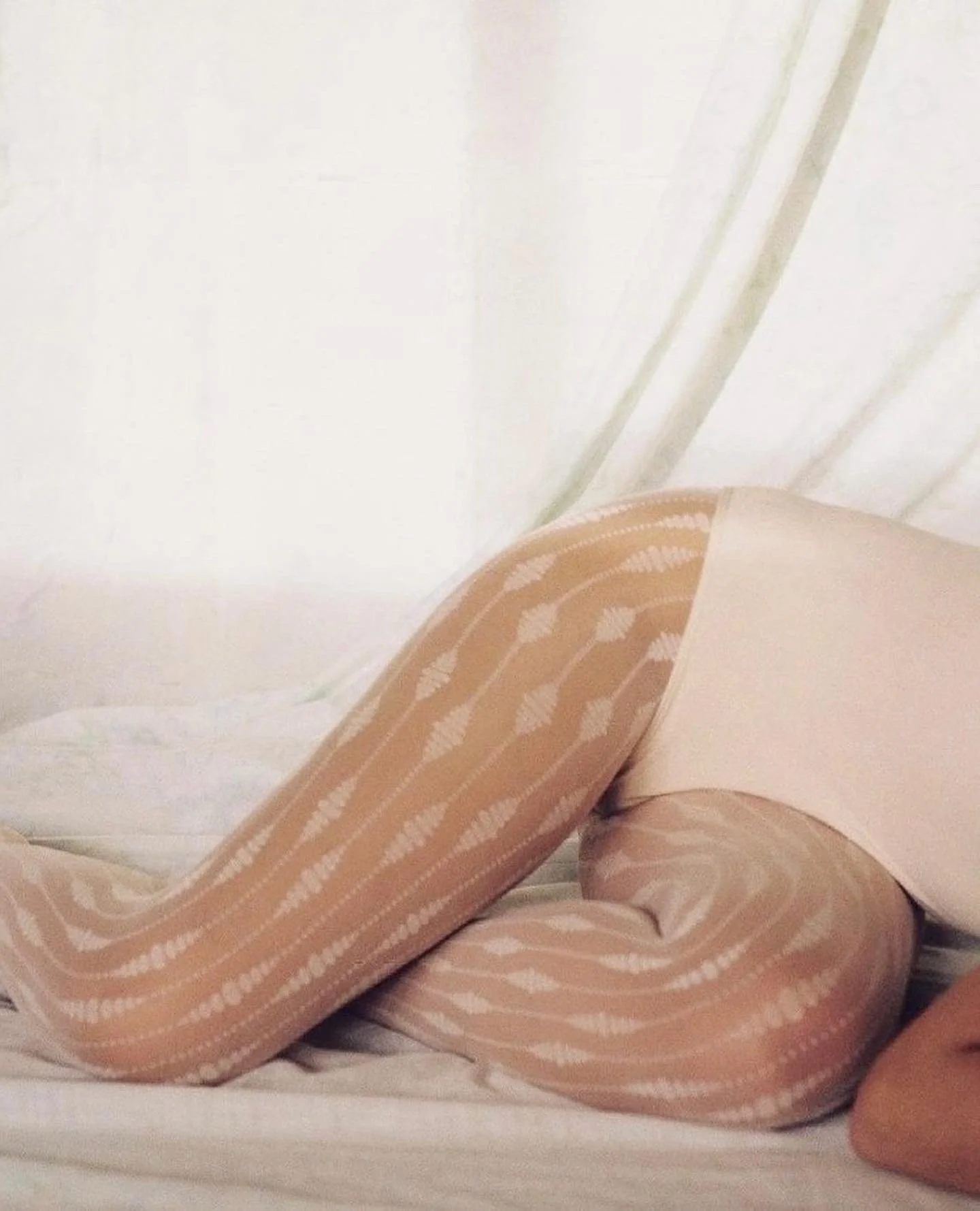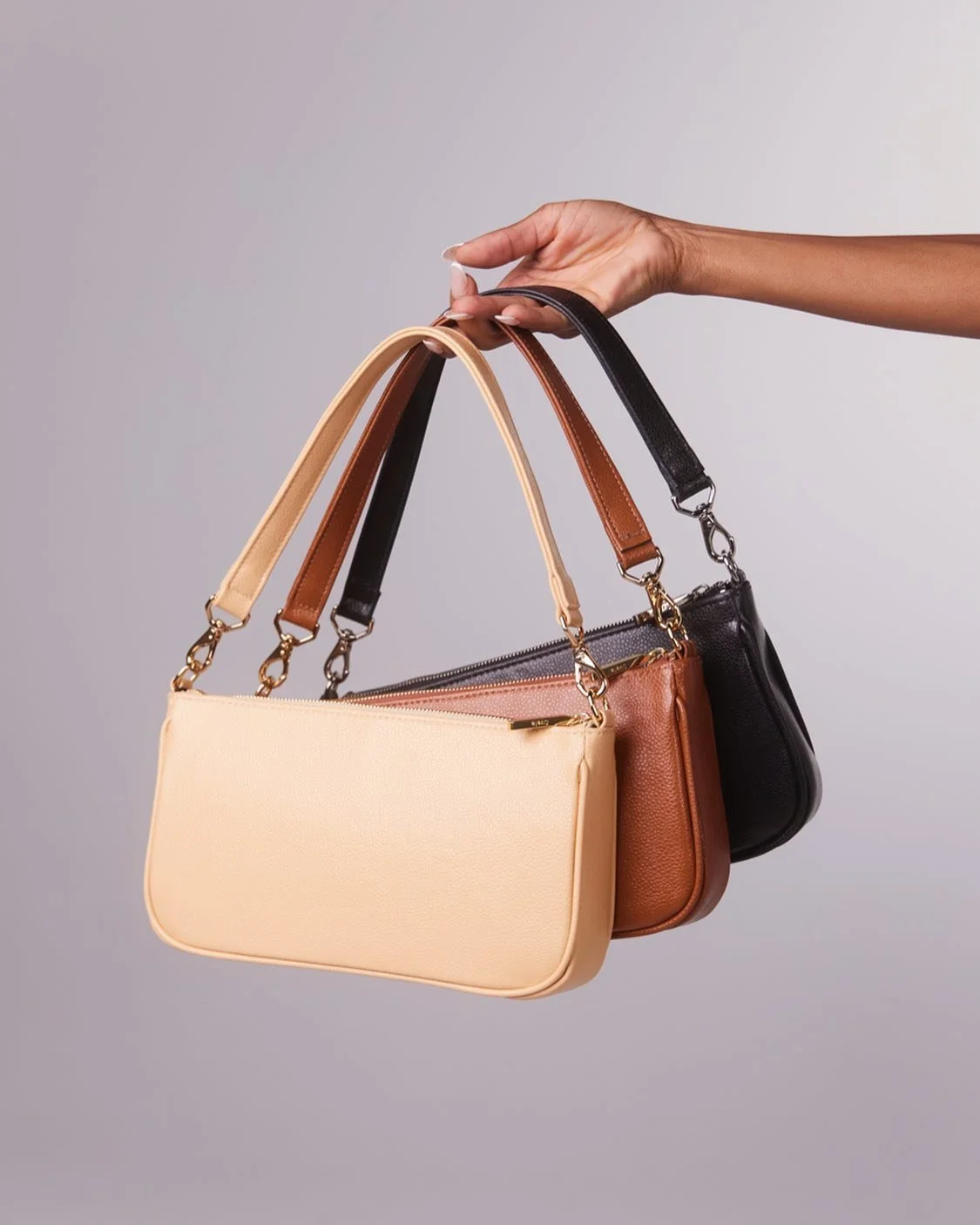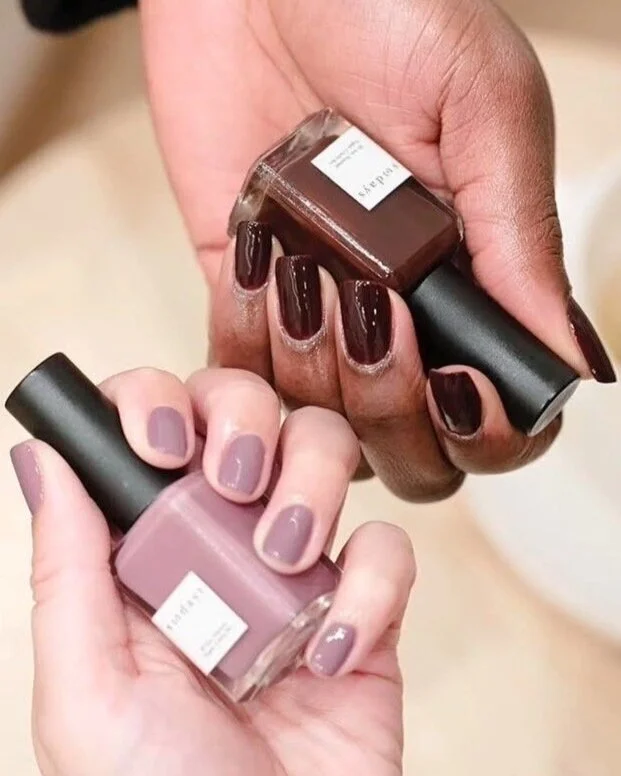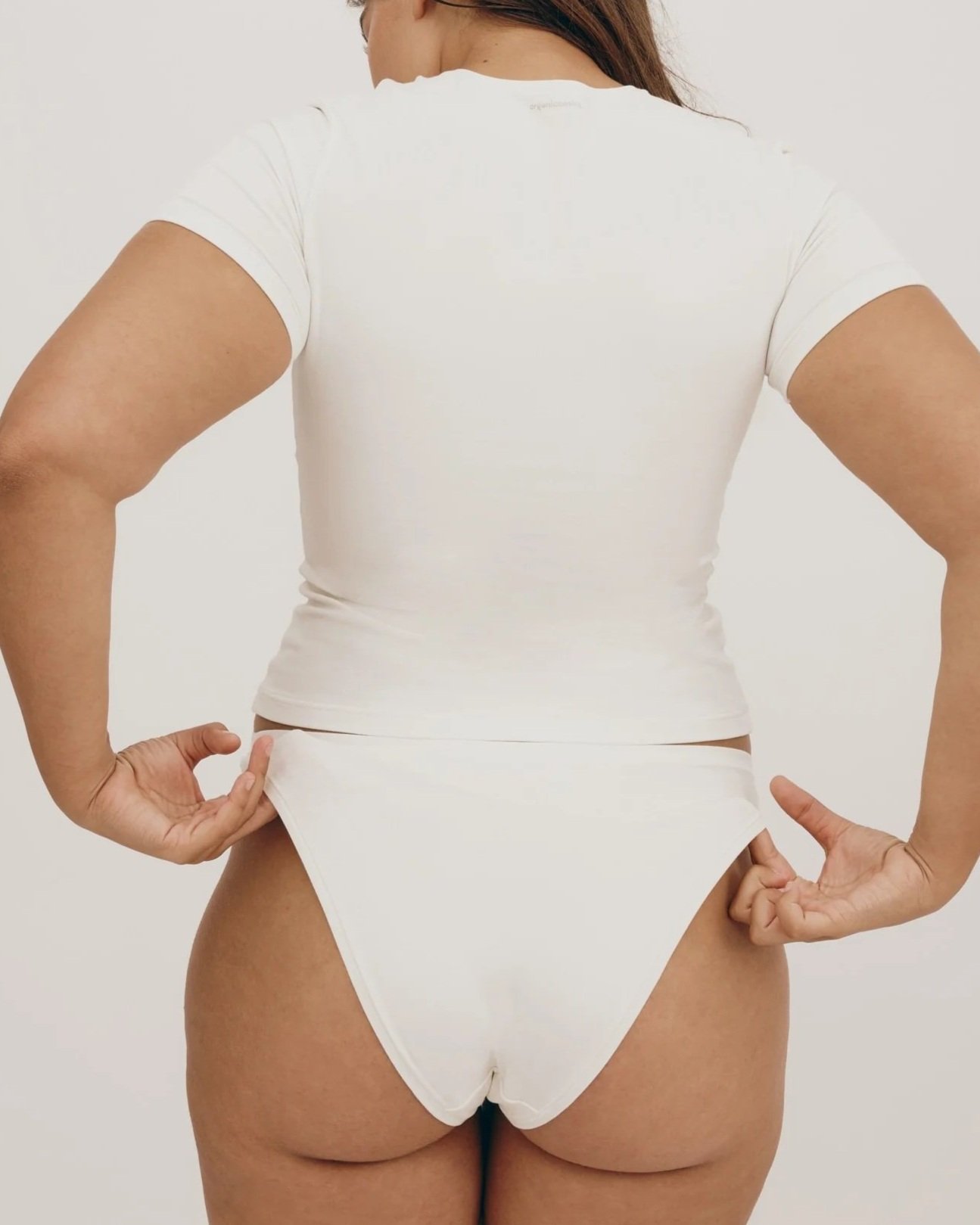What Are Microtrends? (& how they are unsustainable)
What Are Microtrends?
If you, like most people these days, enjoy spending at least a few moments a day on social media, you might have noticed that, often these days, certain items and styles blow up all of a sudden.
Then their popularity grows even more, so much so that it looks like everyone loves them, and then give it some time, and they go back to relative cyber-obscurity, all in a few months at the longest.
Seemingly random items like the Clinique black honey almost-lipstick, the House of Sunny Hockney Dress, the Stanley cup water bottle, bows, or specific niche aesthetics like "Slavic bimbo" have been the protagonist of a special kind of social media frenzy: microtrends.
These trends might seem like another amusing or silly social media phenomenon, but they have an unexpected dark side. That's because while we might not be used to asking ourselves this question, it still stands: what happens to those trendy items when the trend gets left behind?
Microtrends vs. regular trends
Before we look at microtrends and how they might be more insidious than they seem, we first need to understand how radically different they are from regular fashion trends.
Trends have existed arguably as long as human societies have. If you were to look at a few 19th-century portraits painted in different decades, you'd immediately see how certain styles, silhouettes, and even colors went in and out of style. The closet of the characters of Pride and Prejudice (1813) and Jane Eyre (1847) would have looked widely different from one another.
In short, trends are nothing new, so much so that they arguably used to follow a pattern. Until recently, fashion trends rose and fell closely following Laver's Law. According to this fashion theory elaborated by Victoria and Albert Museum Curator James Laver in the '30s, fashion trends tend to follow a 20-year cycle.
In this cycle, they become popular, then said popularity dies down. A couple of decades later, it rises again, ready to be enjoyed and reinterpreted by a new generation.
A ton of fashion trends from the 20th century followed this pattern. For example, trademark trends of '70s fashion, like wide-legged pants and crop tops, were back in the spotlight in the '90s.
Unlike these "generational trends," microtrends barely come to define a few months, let alone a decade, but their emergence might have changed the game in fashion.
The trend cycle is now much shorter, with people looking back at the mid-2010s for trends and aesthetics to dig back out, despite those styles being less than ten years old, as social media has already grown tired of trends from previous decades like those from the Y2K.
The relationship between microtrends and disposable fashion
These internet-born trends, which are, as the name implies, short-lived and bound to become "cringe" at the drop of a hat once the internet grows tired of them, are, in fact, not only a symptom of how many people see fashion and clothing but also a potential catalyst for a further shift towards disposable fashion.
Like many social media phenomena, microtrends seem like something that sprouted out of nowhere. Still, their existence is one of the many results of the process that turned much of the fashion world into fast fashion.
Throughout the last century, clothing went from being custom-made to ready-to-wear to being the product of an industry characterized by big brands releasing multiple collections each year. In this process, fashion has turned into a faster and faster business that produces more items than ever, generating a massive and multilayered environmental impact.
This race to overproduction means that for these fast fashion companies to make the enormous profits they wish to make some trend has to always be on the way out while new ones are on the rise.
Social media, too, are built around speed and short-term popularity. Unsurprisingly, if you marry these two, the result is disposable fashion content that banks on an item, brand, or style's short-term and robust popularity.
An independent designer might develop an innovative design that many people like, just for its low-quality imitations, to get mass-produced and sold on Shein or Amazon and other fast fashion retailers for a few weeks before said microtrend gets labeled as "basic" and promptly forgotten about. Then another rolls around, and then it's "rinse and repeat".
On social media, microtrends are like summer hits; to most people's ears, they don't have the same ring to them a few months later when their season has passed. Still, while these items' popularity might be fleeting, the environmental impact connected to their production and end-of-life certainly isn't.
Microtrends, duping culture, and cheap fashion
At first, a microtrend-induced implosion of the traditional trend cycle might seem like something that has nothing to do with you and me. Why should we care if Laver has to eat his hat?
Much of what fashion brands sell us these days is intentionally not built to last but manufactured as cheaply as possible and designed to be replaced as soon as possible.
In addition to the planned obsolescence of these garments, trends put further pressure on consumers to buy new clothes and promptly retire their old ones so as not to look unfashionable or unsophisticated.
The proliferation of microtrends, as they come and go much faster than regular fashion trends, has been adding fuel to the fire in this regard, with certain items and styles ending up feeling outdated and overdone within a few months.
While it's true that most people cannot afford to purchase every new trendy item at the drop of a hat or change their entire style every other season, the proliferation of mass-produced, lower-quality "dupes" of many viral products, much like fast fashion as a whole allow even people with less disposable income to partake in these microtrends and overconsumption.
Let's take, for example, the viral Strawberry Midi Dress Lirika Matoshi that became extremely popular online in 2020 at the peak of cottagecore mania. Most people couldn't afford to purchase or discard a garment that costs hundreds of dollars. Still, a simple online search would allow any potential buyer to find dozens of cheaper, mass-produced imitations.
As the endless amount of these "dupes" proves, microtrends and careless consumption can go hand in hand in many tax brackets.
Not to mention that many other viral fashion items are far from expensive and are produced by fast fashion companies, like the viral nylon crossbody manufactured by fast fashion giant UNIQLO.
The overlooked environmental impact of microtrends
While, of course, there is nothing wrong with adding a bow to your hairstyle because you saw it in some hairstyle inspo online or digging out some of your old mid-2010s clothes to give the "indie sleaze" aesthetic a go, there is no denying that microtrends don't do anything to keep clothes out of trash cans and donation boxes or shift many people's perception of fashion from something disposable to something to be cherished.
Given the climate crisis, any further shift to overproduction and a disposable fashion model can be problematic as the Global North generates a mind-boggling amount of textile waste.
The European Union, for example, produces 12.6 million tonnes of textile waste each year on its own.
To make matters worse, most of the clothes produced by fast fashion companies in recent years are made of petroleum-derived, non-biodegradable synthetics like polyester, fabrics that fuel and, worse, the issue of microplastics in our oceans and sustain the fossil fuel industry.
Should we get to "enjoy things" at the cost of the planet and people?
While the people who regularly partake in and promote these microtrends on their platforms on social media are not responsible for designing a fashion industry built on the exploitation of nature and people, it cannot be denied that this thirst for what is new and trendy feeds into a relentless cycle of production and disposal that is consuming valuable resources, contributing to the ongoing climate crisis, and putting people at risk.
As consumers, we should ask ourselves: is the irreversible damage being done to our environment and our money going to companies who exploit people worth temporary excitement?
An excitement that might be cheap for many in the Global North but that is heavily paid for by the people living on the frontlines of climate change and the garment workers in the Global South who are fighting for their rights to a living wage and safe working conditions.
While people's individual choices cannot change the way the fast fashion industry sees clothing as discardable and people as exploitable, they can change the way they see clothes and engage with fashion in their lives.
The key to this evolution is putting our fellow humans and the planet first rather than short-term shopping-induced thrills and genuinely centering marginalized voices rather than our habit of using shopping as a short-term fix.
The fashion industry can move away from the current unsustainable cycle and shift towards a responsible production model if consumers and institutions keep it accountable.
About the Author
Roberta Fabbrocino is a journalist specialized in climate change and sustainability-related topics. Her articles have been published in several international eco-publications. Roberta also works as a content writer for sustainable companies.
MAKE SURE TO PIN THE PHOTO BELOW TO SAVE THIS POST FOR LATER!
WANT TO FIND SUSTAINABLE BRANDS? VISIT OUR BRAND DIRECTORY!
Our Brand Directory is home to hundreds of sustainable brands, from makeup to cleaning supplies, from underwear to shoes. We have broken everything down by category for easy shopping, along with discount codes unique to Sustainably Chic viewers.











